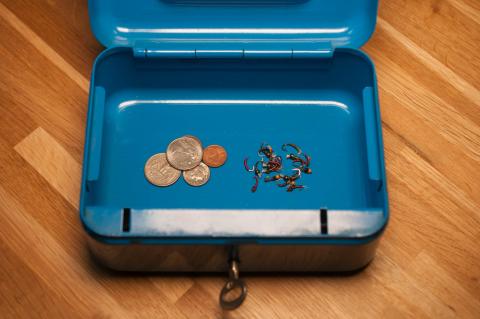[quote:a090365667="Ruza"]Thomas,
Thanks for your quick reply, the url you mentioned looks very good, the only problem is that it's in complete norwegian (wich i cant read nor speak :(). I recon that the man you mentioned (Tore) is a fishing guide, can you tell me the pricerange for hiring a guide for a day (or 2)?
Thanks in advance!
Ruza[/quote:a090365667]
Hi,
please get a quote from Tore directly.
http://www.fishfinders.no/tore.html
tore@fishfinders.no
+4795298732
I got to know Tore as a very down to earth person and true fisherman. To read the page you could try google translate. It works ok, and sometimes is very very funny on top. ;-)
http://translate.google.com/translate?js=y&prev=_t&hl=de&ie=UTF-8&layou…
Tore speaks english, so communication is no issue.
- Log in to post comments

